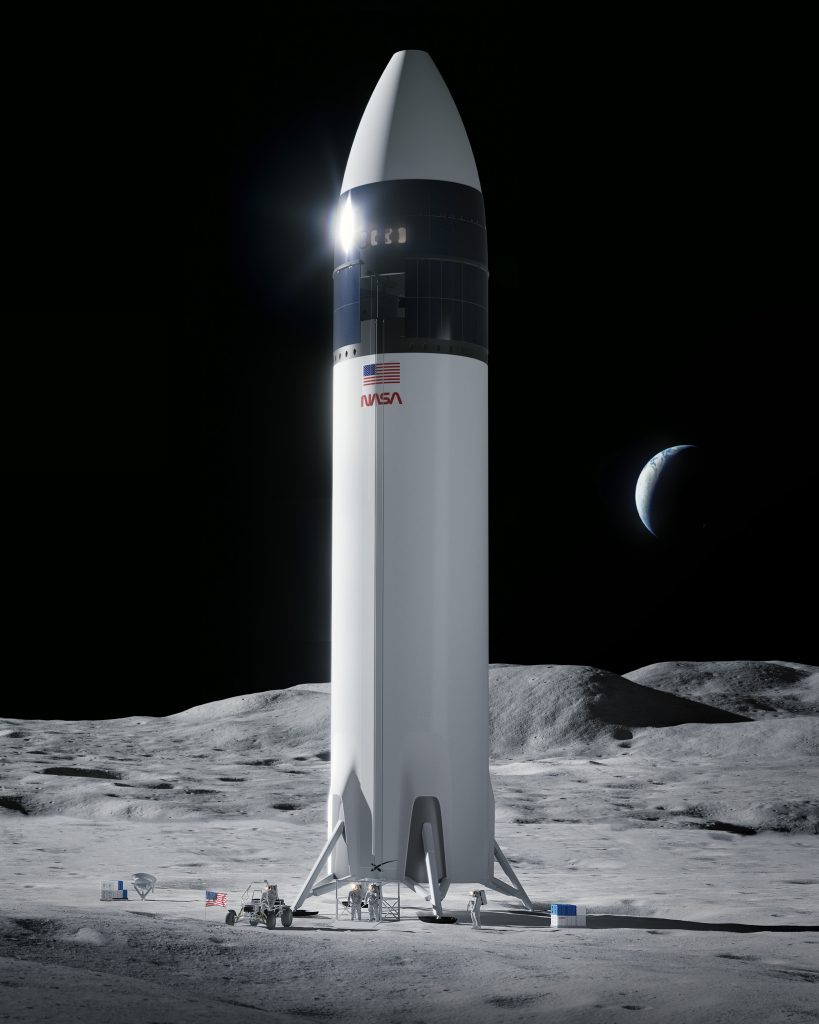This year’s Physics Nobel prize went to three physicists. Syukuro Manabe and Klaus Hasselmann received their prize for “the physical modelling of Earth’s climate, quantifying variability and reliably predicting global warming”. The third physicist Giorgio Parisi received his prize for “the discovery of the interplay of disorder and fluctuations in physical systems from atomic to planetary scales.” This is the official explanation of the Nobel prize committee. It is a lot of information in a few small sentences and with that, it might be a bit difficult to understand. So let me try to explain this in some easier to understand language.
Category:Blog English
International Day of Light: the laser invention
On the 16th of May, 1960 Theodore Maiman achieved what many already tried to do, but failed: to fire a laser! And for this reason, every year on this day we celebrate the International Day of Light.
SpaceX and NASA together on a Moon-mission
Who thought Mars was the place to be, couldn’t be more wrong. In 2024 humans will go to the Moon again! NASA is the only organisation that has put humans on the Moon. 1969 was the big first and 1972 was the last time. The Apollo program brought 12 humans to the surface of the Moon. So it will be more than 50 years later when they start doing it again. But this time they can’t do it alone. Together with SpaceX humans will soon walk again on the surface of the Moon.
Perseverance: how it finds life on Mars
Perseverance is the latest Mars Rover. NASA uses it for several tasks, one of them being being able to find life on Mars. Whether it has been there thousands of years ago, or if it still is there. It does this by looking at the chemical composition of the rocks on Mars (and not by looking for little green aliens that are walking around, like the alien version of Big Brother). Perseverance is equipped with a very powerful laser, as well as some other high-tech equipment that is used to measure the light this laser generates. One laser can actually give three different signals. If you combine that, you could find life on Mars. In the following three sections I’ll talk about what these methods are and how they work.




